Wildlife Conservation and Connection at Vermejo
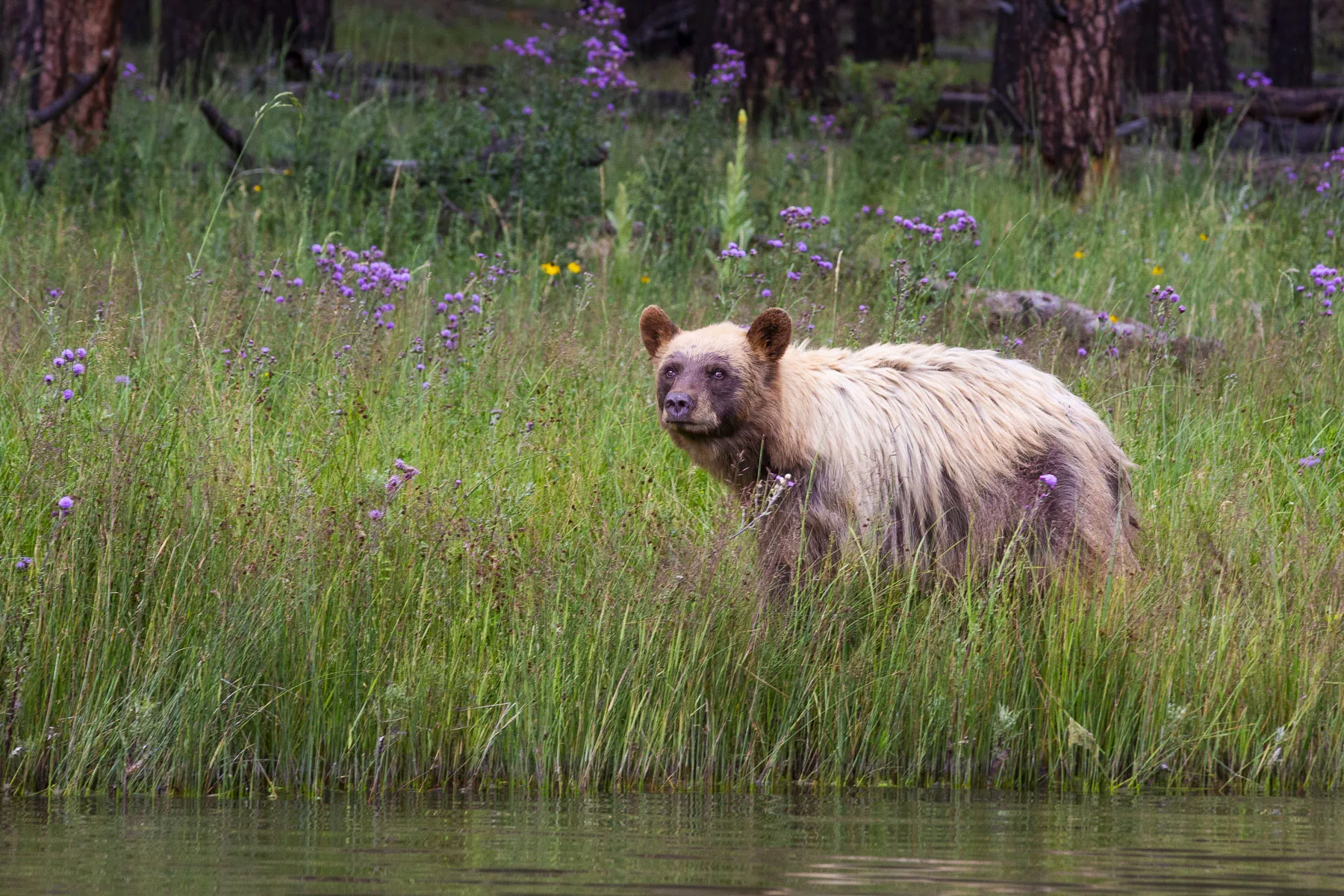

As we drove through the undulating grasslands of Southeast Colorado, I imagined the golden plains teeming with millions of bison as they might have looked before the 19th century. Unfortunately, we were unlikely to see a single bison along this highway—at least until we got to Vermejo, which was still two hours away.
“I think that mountain is on Vermejo,” I said to my wife, pointing south across the New Mexico state line. The property is massive, and at 550,000 acres, it is over half the size of Rhode Island. It takes a while to get there, even after seeing it on the horizon.
Hours later, we pulled off the pavement and onto a dirt road east of Raton, New Mexico, and saw the ranch–miles of nothing but mountains and tidy high-elevation meadows interspersed with ponderosa pine savannah. The original inhabitants of this region were the Park Plateau people, whose civilization rose and then fell alongside the Ancestral Puebloans during the megadrought that gripped the American Southwest starting in 1276. More recently, the land was seasonally occupied by Apache and other indigenous groups until it became part of a Spanish land grant in 1841. It changed hands several more times before media magnate and philanthropist Ted Turner acquired it in 1996 from Pennzoil.
Turner no longer owns CNN, but he does own many sizeable ranches and the largest private bison herd in the country, with over 50,000 animals. The Vermejo herd is relatively small, at 1,200 animals. Still, it is an important part of restoring the species and of Ted Turner Reserves’ larger mission to connect people to nature. I’m passionate about native wildlife, and Vermejo is also billed as the American Safari. That’s what brought me here – I wanted to learn how travel-funded conservation inspired by Africa worked in North America.
I wanted to learn how travel-funded conservation inspired by Africa worked in North America.

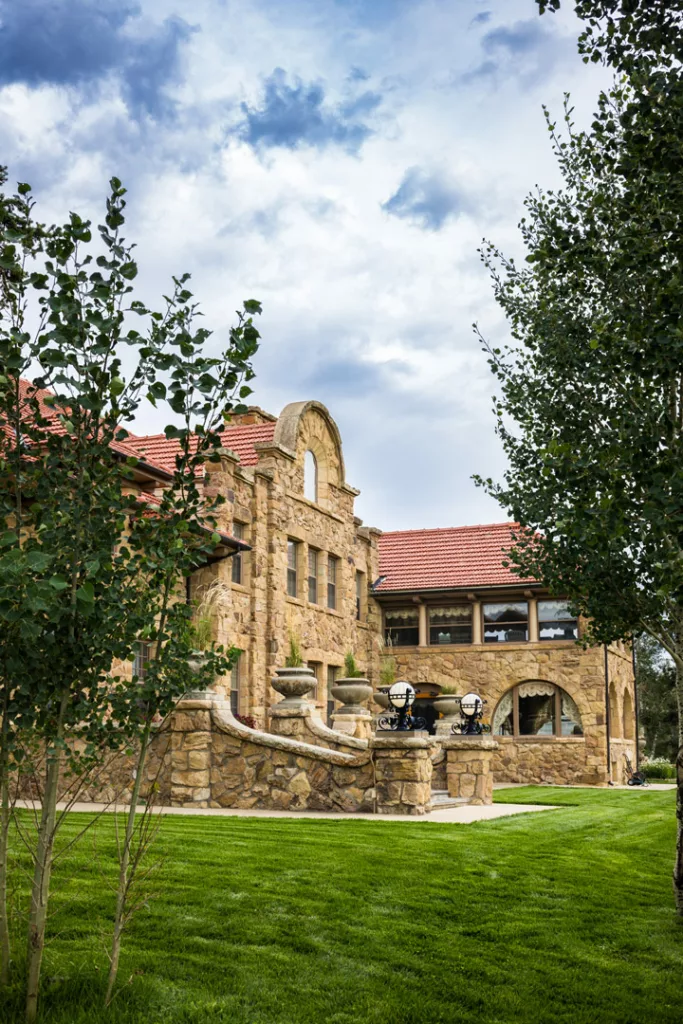
The main gate to Vermejo is a relatively unassuming cattle guard, so it’s a surprise to roll up to the ranch headquarters and find a massive mansion in the wilderness. Casa Grande is the historic main building built by Chicago grain magnate William Bartlett in 1909 as a refuge for his ailing son. Now, the house contains seven guestrooms, a conservatory, and a communal kitchen.
All meals are served in the large log cabin-style lodge next door, and after checking in, we enjoyed a creative and satisfying dinner there. Our drive had been long, and the beds in Casa Grande were cozy, so we turned in early to rest for our pre-scheduled ranch expeditions the next day.
After enjoying the morning breakfast buffet, we meet Ranch Manager Gus Holm for a conservation tour to learn more about the environmental stewardship work happening on the ranch. As with many degraded landscapes, the restoration of Vermejo starts with water. Generations of poor cattle management in riparian areas have turned rivers into deep gashes prone to erosion and less able to support wildlife. Turner’s original ranch manager’s first order of business was to remove cows from the landscape. This was a boon to wild animals, but the elk population ballooned in the ecological vacuum it created. Elk began to overgraze the landscape, but solutions have been implemented to reverse this erosive trend.
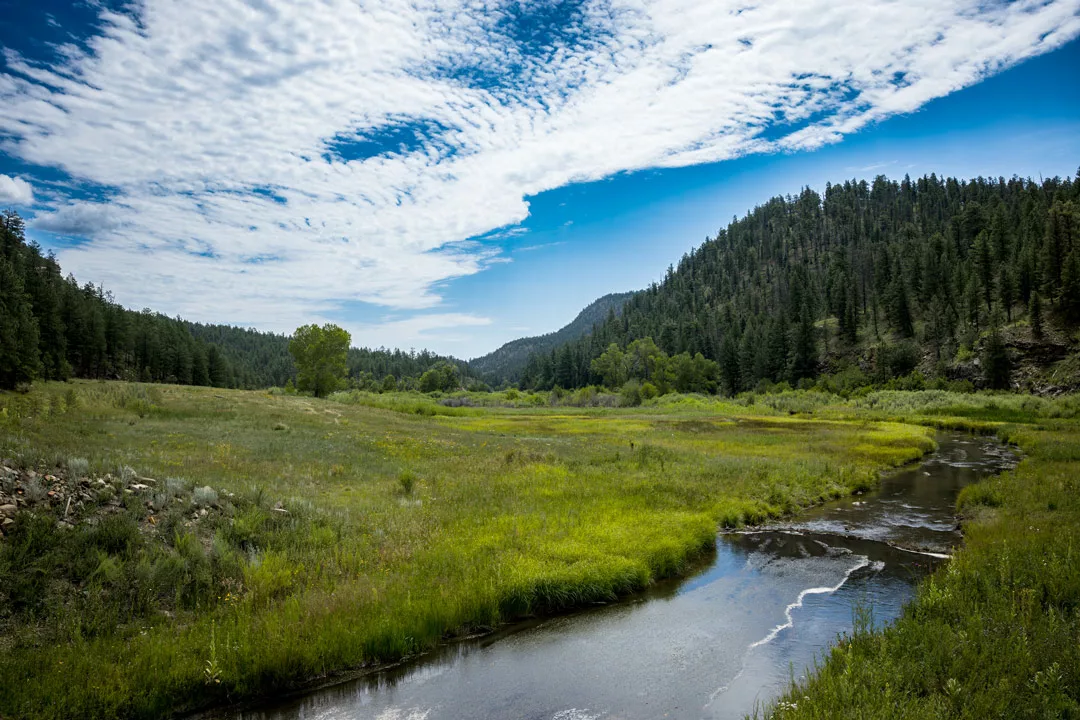
Gus shows us some eroded areas of the Vermjeo River before leading us to one solution they are testing in partnership with the Fish and Wildlife Service. Every mile moving up the watershed, the conservation team has erected high fence “exclusion zones” to deter grazing along the river banks. The results are beginning to show, and you can see cottonwood and willow trees returning to these protected areas. Moving upstream, we see older zones and even taller trees, some approaching 20 feet. Ultimately, Gus wants to remove the barriers once the trees have been fully reestablished. At that point, the landscape should be able to protect itself and return to a natural state that retains more water.
These exclusion zones hold another surprise that Gus saved for last: beaver dams. After being hunted out by trappers, remnant beavers have returned to these protected areas and begun working their magic. Gus leads us through a locked gate to inspect the small ponds created by the animals.
I peer along the waterline for beavers and see a large shape ambling through the wildflowers. “Bear!” I shout instinctively.
I peer along the waterline for beavers and see a large shape ambling through the wildflowers. “Bear!” I shout instinctively. A large blonde-haired black bear rises from the tall grass, eyeing us suspiciously like an ancient forest guardian. The species is called the black bear, but these charismatic animals come in various colors, from black to blonde to brown. Gus, who is used to these encounters, continues to talk about riparian restoration, but I enter a silent space transfixed by the bear’s gaze, forgetting to pick up my camera.
Fortunately, this was one of six bears we’d see on our short trip to Vermejo. Our best bear sighting of the trip came later that day at a delicious fish fry hosted at Merrick Lake, one of many small lakes on the property. We had arrived before the other guests to chat with the staff. The Vermejo team is totally charming, and the extensive buffet accompanied by live music was sublime.
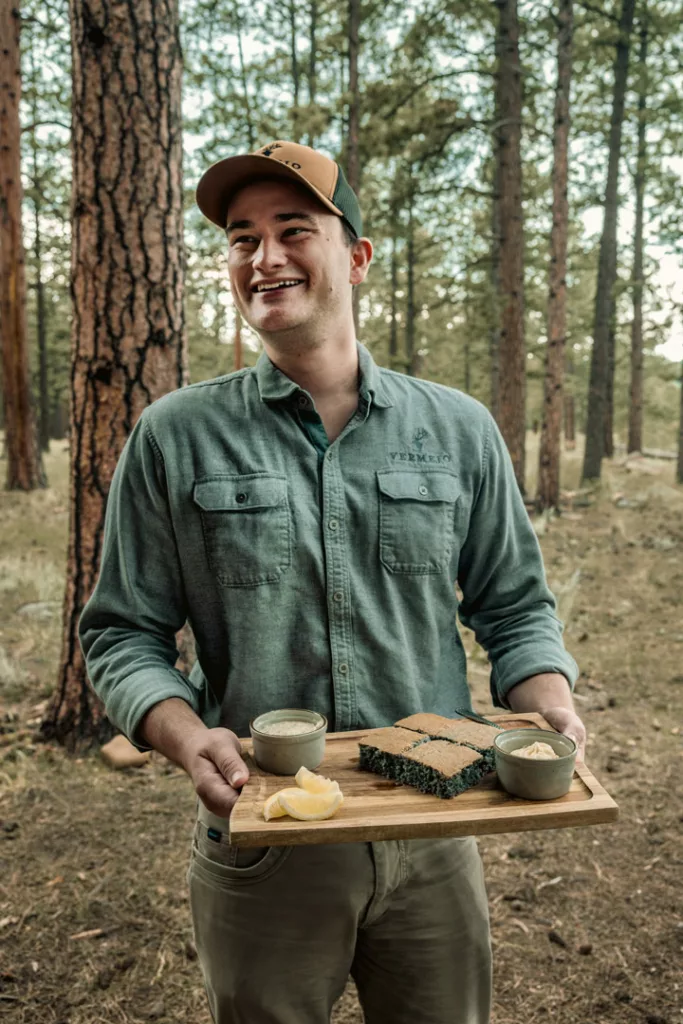
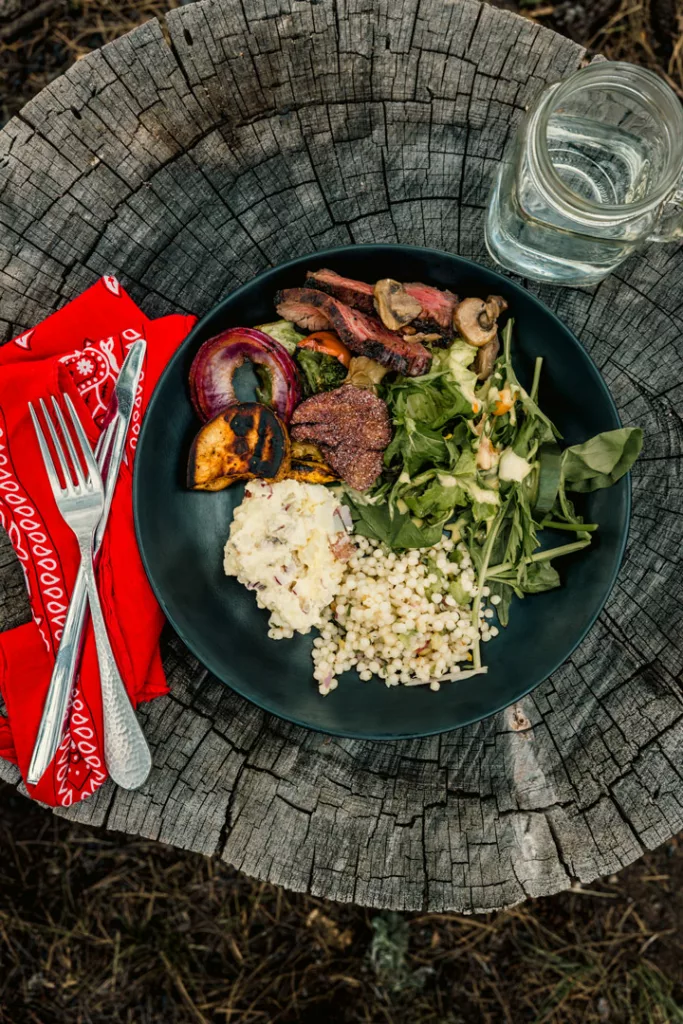
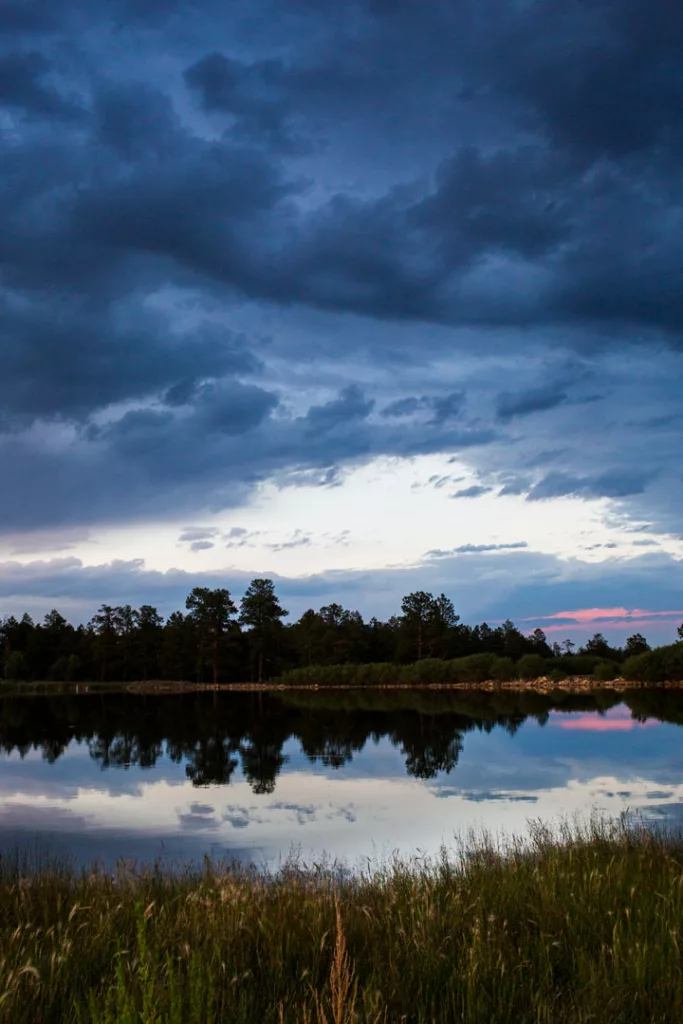
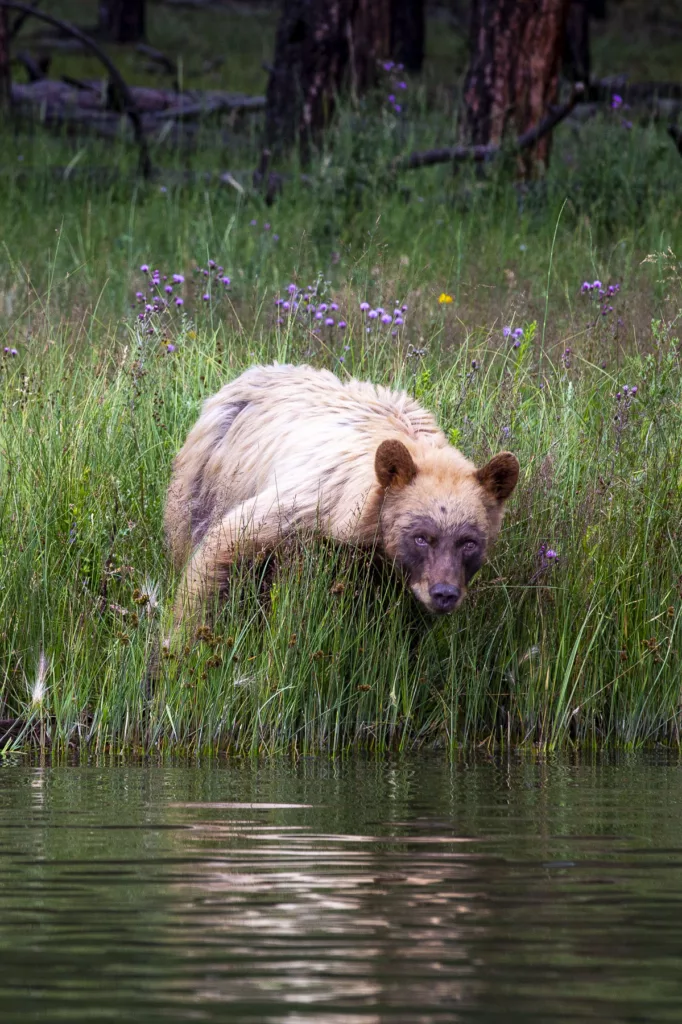
As I casually practiced ax throwing, someone pointed out a small bear moving on the lake’s far shore. Unable to contain my excitement, I hopped on one of the kayaks parked at the floating dock and paddled out for a better view. This was another blonde brown—almost platinum bear—perhaps a year old, foraging and fishing in the shallows. I kept a safe distance from the bear in the deep water, and she was mostly disinterested in my presence. We circled the lake twice, and I shared almost an hour with the animal. It was a special encounter, and I had to be mindful to step away from the lens and share this idyllic moment with a kindred creature.
Our wildlife tour started the next morning at 5 am when the animals were most active. After securing an essential cup of coffee in the lodge, our guide, PJ, led us to a comfortable pickup. As we drove down dirt roads in the predawn light, I noticed differences between an American and African safari. Here, the animals are less acclimated to humans and often hide in the pine forests at your approach. Despite this, we saw dozens of elk that morning, including a massive bull, crossing the road in the pre-dawn light. When the rut arrives at Vermejo in September, elk move into the open, and the fields around the ranch erupt in a riot of bugles as males battle over herds of females.
The ranch sets aside some weeks in the fall for photo safaris and others for guided elk hunts. I was impressed to hear about the standards in place to make hunting both humane and good for the ecosystem – everything is done with approval from the staff biologists and coordinated by expert guides.
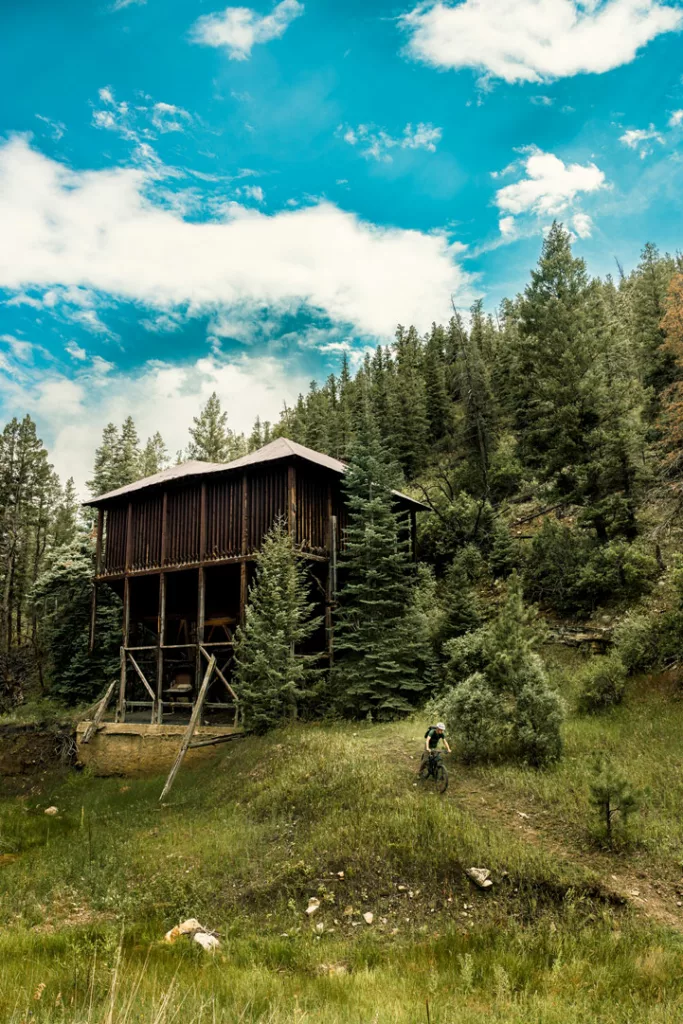
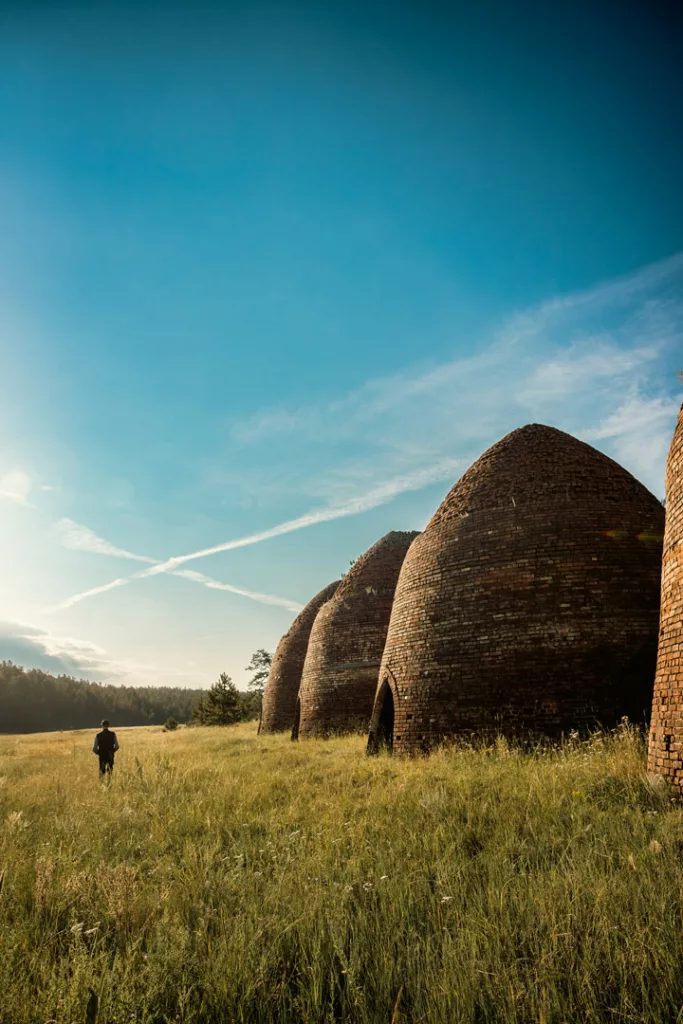
I love traveling in the rainy season, and during New Mexican summers, afternoon showers are common but not particularly disruptive.
After stopping at some frontier ruins and the breakfast buffet, we learned the weather would delay our afternoon hike. The summer monsoon clouds had gathered, and a light rain was falling, with lightning striking nearby mountains. I love traveling in the rainy season, and during New Mexican summers, afternoon showers are common but not particularly disruptive. They are short-lived, cool the air, and make great light for photography. With a shortened schedule, we opted to explore the property on e-bikes. Flowing through the nearby hills and down a dirt road to one of the old mines proved exhilarating.
That afternoon, our wildlife tour continued into the high-elevation section of the ranch, about an hour’s drive from the lodge. We found gorgeous meadows crisscrossed with sinuous streams loaded with Rio Grande cutthroat trout, New Mexico’s state fish. These fish were pulled back from the verge of the endangered species list by conservation work done here at Vermejo to remove invasive trout from the head of the watershed.
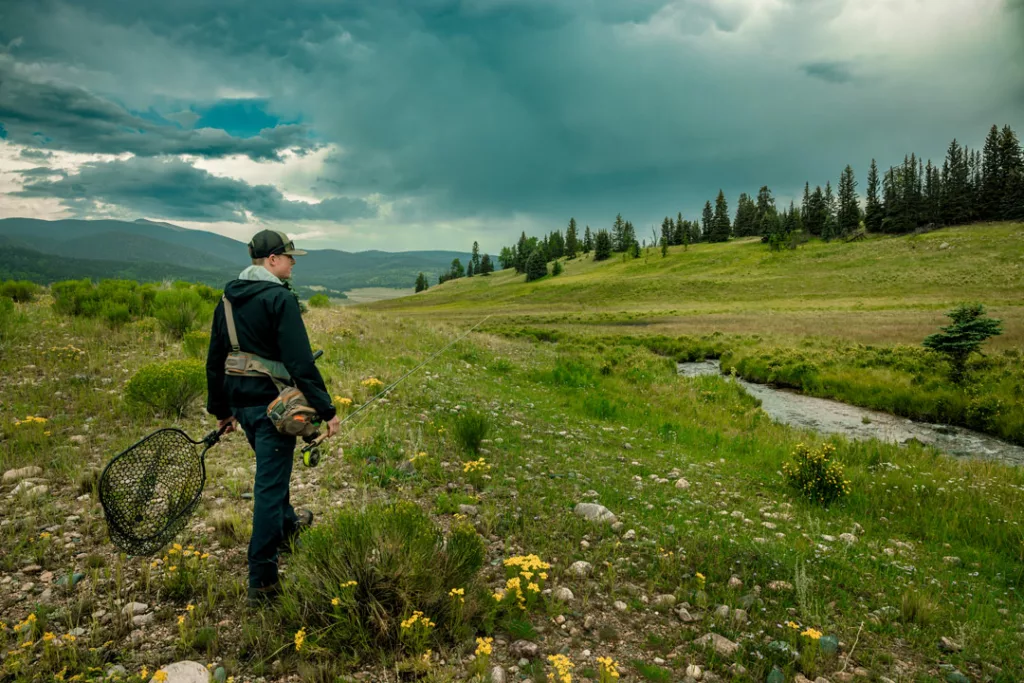

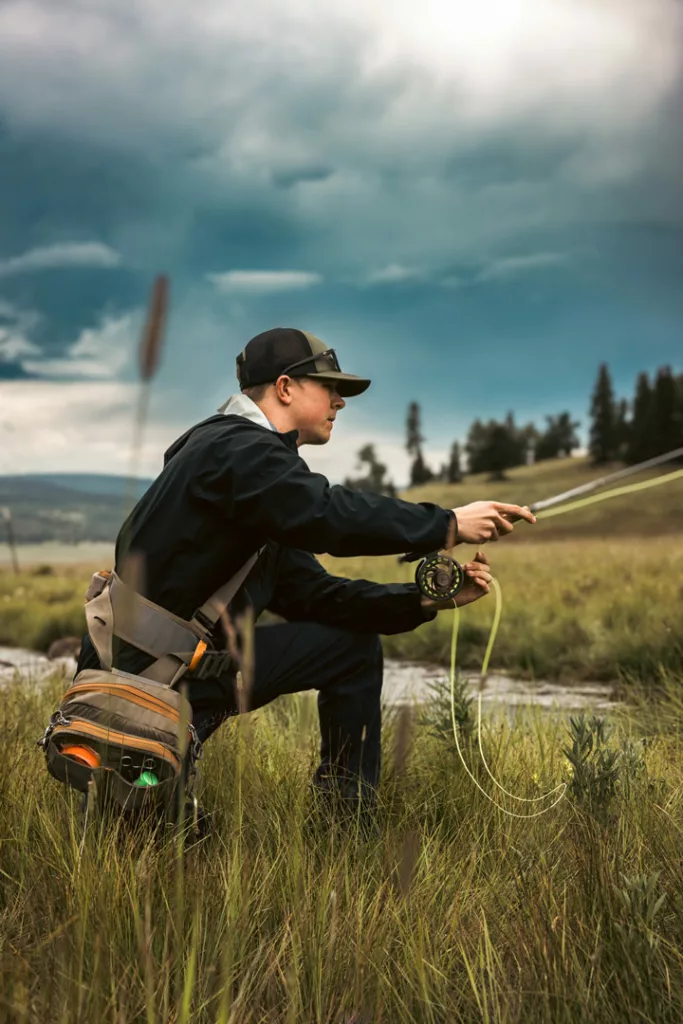
These high valleys are both isolated and stunning. As we walk along the river, PJ demonstrates the skill to accurately cast a fly into the narrow channels. He catches and releases a few small cutthroats, but even without the excitement of fishing, you could spend days camping in these highlands, exploring the ethereal summer landscape. Fortunately, Vermejo also operates the Costilla Fishing Lodge nearby, which may be one of the most comfortable yet remote outdoor hideaways in the Americas.
We were told the ranch managers had moved part of the bison herd to elevation to graze these fields during the summer, and we saw signs of their presence all around us. However, the large animals had vanished into the pines like a flock of sparrows at the approach of storms.
I wanted to see more bison, so PJ drove us to Castle Rock, a sandstone outcrop at a lower elevation, for a better chance. The pasture around the rock is their home range, and the herd predictably returns there after being moved. We learned that this is a higher elevation than the bison’s historic territory, but with the fracturing of the Great Plains and shifting climate, it has become a unique refuge for the species. As we drive down the mountain and around the bend in the road towards the rock, I can see hundreds of wooly humps lounging in the summer sun on the open plains.

Bison embody the spirit of the grasslands, and they cultivate it with their habits; their presence feels like healing to me.
The feeling of seeing bison in the landscape differs from seeing other wild animals – it’s more relief and relaxation than excitement. Bison embody the spirit of the grasslands, and they cultivate it with their habits; their presence feels like healing to me.
Bison hooves help restore the land by tilling the soil; the animals’ charisma draws visitors, and their flesh feeds us. At the end of our tour, we returned to the lodge and enjoyed expertly prepared bison tenderloin for dinner, more mindful of the bison’s sacrifice and our connection to the land.
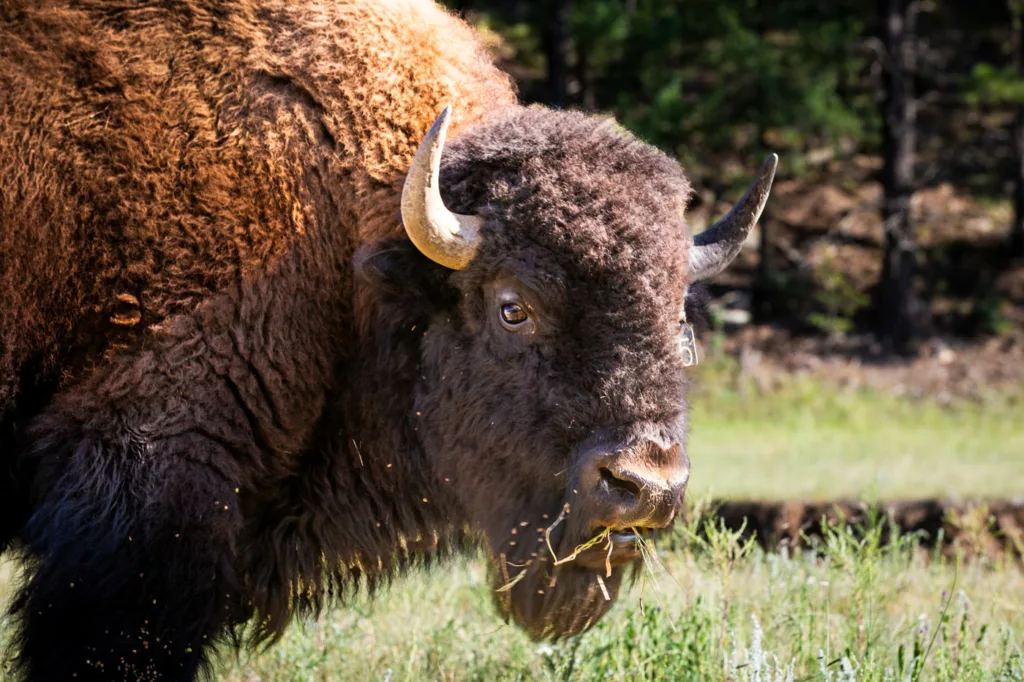
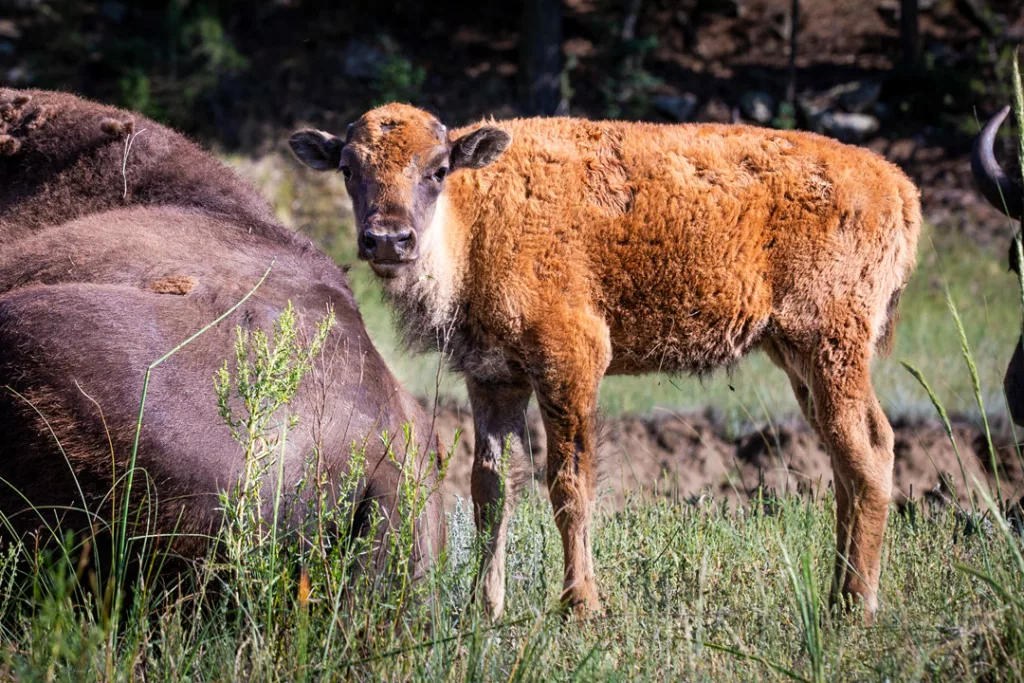
Bison are the only species classified as both livestock and wildlife. Turner Reserves has a policy of blending commerce and conservation so that the operation is sustainable in the long term; bison are an important part of that. Our dinner conversation drifted to how conservation is sometimes easier on private land and how ranches like Vermejo can be important partners with our public spaces. Elk are less pursued here, and large-scale bison herding can be undertaken. This American Safari differs greatly from the African experience but shares some important aspects. They both offer a vivid encounter with nature and a way to heal damaged wilderness.
By the end of our meal, another wave of monsoon rains had passed, and we walked out under the night sky. The Perseid meteor shower started to show itself, and a few shooting stars blazed trails above us. I thought about how we’re impacting the planet and also how the planet can impact us.
Luxury travel isn’t all about the accommodations; it’s about open space and connection to nature. I chose to visit Vermejo because of their work for the land and, more importantly, for what I might encounter there. The most impactful experiences in life are often a mix of serendipity and place. An hour on the lake with a young bear or a shared gaze with a bison can’t be planned, but they will change you. They are humbling reminders that humans aren’t alone but are part of a larger family here on Earth.
When to Go: Summer is the high season, but the property will feel relaxed even when totally booked. The best fishing is in May and June, but it is good for most of the year as long as the lakes are thawed. The elk rut starts in September, and the aspen trees show off their fall colors in October.
How to Get There: Santa Fe and Colorado Springs are three hours away, and the nearest town is Raton. From there, it’s one hour to go through the ranch property on State Highway 55 to the headquarters.
Good to Know: In addition to the activities mentioned, there are many short hikes by the lodge, and longer peak climbs elsewhere on the ranch. Horseback rides can be short all-ages trips or longer pack excursions for serious riders. History enthusiasts will enjoy seeing the stone remains of frontier settlements.
Pricing: Rooms start at around $1,600 per night for two. Rates include food, two activities per day, and non-alcoholic beverages. Contact us to learn more about seasonal special offers.
We combine expert knowlege with creative itineraries to make your travel dreams a reality. Contact us for a free consultation.

Get monthly travel news, destination guides, and seasonal offers delivered to your inbox.